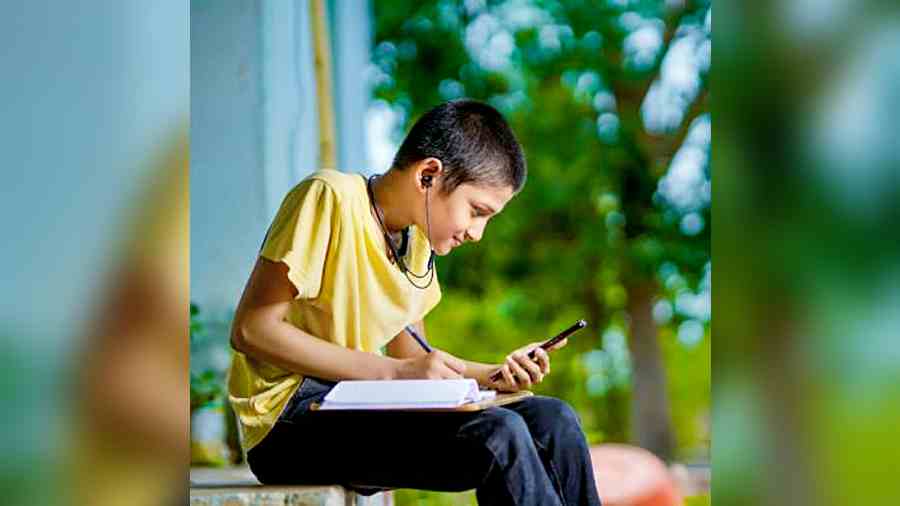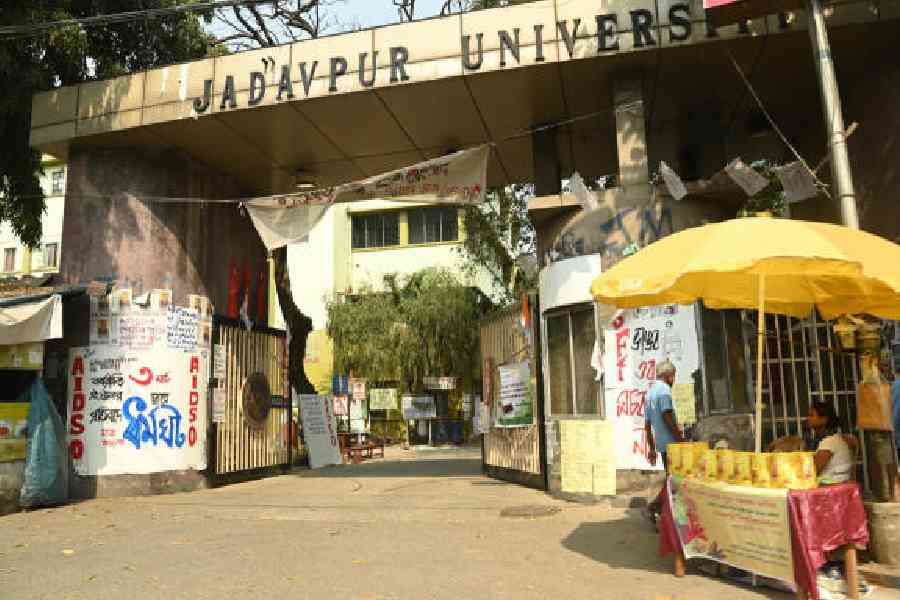Since the beginning of the pandemic, my son, then six years old, has been a busy autodidact, or rather a keen student of Professor YouTube. Beginning with card and magic tricks, he has gone on to acquire the beginnings of piano skills on a rudimentary keyboard, finally graduating to his current obsession — the Rubik’s Cube. Popular YouCubers, such as Cubehead and J Perm, now keep him company during his designated screen time. In between, he had a similar period of obsession with the language-learning app, Duolingo, gravitating to Spanish and making enough progress to carry on basic conversation and reading. His sister, on the other hand, prefers to keep her nose buried in books and sits for hours with Gone with the Wind, chatting in between with her friends on Discord.
It isn’t so much the space between the four years that separate her, a late Gen Z, and him, an early Gen Alpha, as a difference in character and personality that accounts for a gulf I see widening these days — between the desire to learn from books or from performance, virtualised now in everything from recorded videos to interactive apps. I don’t know how often one hears references to books in social gatherings outside literary and academic circles, but I’m certainly beginning to lose count of the time I hear people citing ‘What Shashi Tharoor said about British rule in an YouTube video’, never mind the fact that Tharoor’s critique of imperialism has been contained in books by postcolonial historians for many decades now — insights that are unlikely to reach a popular audience not just because they are academic but increasingly because they are books, as opposed to video talks available online.
The character of the times cut across party lines. Chairing a meeting to review the implementation of the National Education Policy this July, the prime minister himself has emphasised that “online education is becoming the order of the day.” Along with older models of virtual lectures, such as the UGC-run television shows, the pandemic saw the accelerated use of Swayam Prabha television channels, the digital platform, Diksha, and the various e-Vidya initiatives; most recently, the prime minister has declared his belief that “5G will take education to the next level.” The pandemic, alas, has re-awakened us to the brutal reality of the digital divide, where access to device and bandwidth has marked the differences between some, little, or no learning for over two years. But wherever there is access — and 5G is finally here — virtual, performative learning now does what books used to do once upon a time. Even students opting for text-heavy subjects such as sociology and political science in the civil services examinations turn to BYJU’s video lectures and tutorials rather than thumb through books. Even the textbook — the great Indian fetish object — is on its way of being displaced by the text-video.
It’s been a complaint of lovers and creators of fiction that people nowadays get their fill of life-narratives from Netflix and social media rather than from novels. But this is now happening to learning as well. I’m not talking of the terrifying joke of WhatsApp University and doctored video-sharing that cause unrest, but more serious — in some cases, seriously professionalised and profit-seeking — virtual platforms. Apple and Spotify podcasts skyrocket in popularity. Speaking personally, while I continue to hear from people who read my writing, increasingly I hear from people who’ve heard me speak instead, either in real time or recording, including literary festivals and virtual talks organised by universities.
Orality predates print. Socrates warned that the new technology of writing would weaken human memory. Archiving makes us forget, and cell phone-natives cannot imagine a time when one had to remember phone numbers or note them down in diaries. But the fact is that writing, printing and textuality created a new modernity where the wide availability of printed books and the emergence of a middle-class defined the climate of post-Enlightenment Europe, as it shaped the Bengal Renaissance. Are these finally coming to an end? Dipesh Chakrabarty seems to think so. “The long Bengali nineteenth century is perhaps finally dying,” he wrote in 2004, even before the so-called iGeneration had properly taken off in the subcontinent. The culture of that century is vividly chronicled by Rosinka Chaudhuri where a shopkeeper in a marketplace, deeply immersed in Michael Madhusudan Dutt’s epic poem, engages in a discussion with the poet about blank verse on a chance encounter without knowing he is speaking to Dutt himself. A certain investment in the culture of reading, in language and literature, particularly in Bengali, Chakrabarty points out, had come to define the measure of one’s Bengaliness. An extreme representation of that long nineteenth century would be Nirad C. Chaudhuri whose bookish, indeed textualized, relationship with Europe embodied a ‘provincial cosmopolitanism’ that has defined the Bengali bhadralok throughout this ascendancy of print modernity.
The desire for interactive learning is, in some ways, the desire for a teacher. In a book, as the philosopher, Jacques Derrida, and the novelist, James Joyce, have variously pointed out, the author is, or should be, a bit like god — omnipresent but invisible. In a material sense, this is true even in the book with the loudest and most distinctive first- person voice. But my son tells me that the Duolingo bird tries to make him guilty by doing a sad face when he misses days with the app and is on the verge of losing his ‘learning streak’. The green owl cheers and prances in joy when the student cracks the problems. The child knows well that the standardised icons and characters of virtual learning — Dr Binocs or the Green Owl — are not real people who know their students beyond the limits of AI and graphic design. But learners today, curricular and recreational alike, prefer the virtual performance of recorded people or interactive characters/icons over the active agency required to yield the force that turn books that can axe the frozen sea within us.
Saikat Majumdar is Professor of English and Creative Writing at Ashoka University











